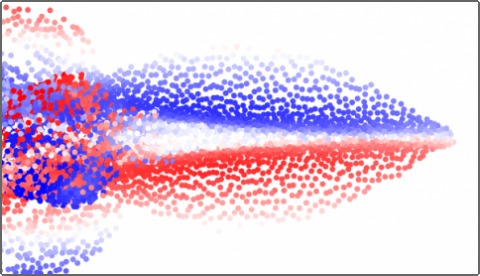Relatively little is currently known about how a strong quasi-static magnetic field affects the physics of laser-plasma interactions at relativistic intensities. Until recently, limited capabilities for producing relevant experimental conditions have been one of the major stumbling blocks in this research. However, new capabilities associated with ns and ps-long kJ-level lasers have started to emerge. These capabilities can potentially enable experimental studies of laser-plasma interactions in applied magnetic fields that are tens and even hundreds of Tesla strong. The primary goal of our project is to develop, combining theory, simulations, and experiments, a first-principle understanding of the role played by strong magnetic fields in laser-matter interactions at relativistic intensities and of the resulting high-energy density phenomena. The project explores how to utilize a quasi-static applied magnetic field to enhance energies of laser-accelerated electrons and to alter ion acceleration caused by collective behavior of these hot electrons. Scientific results of this project would pave the way to improvements of those numerous applications that rely on energetic electrons or protons and stimulate further development of the experimental capabilities for magnetic field generation.
